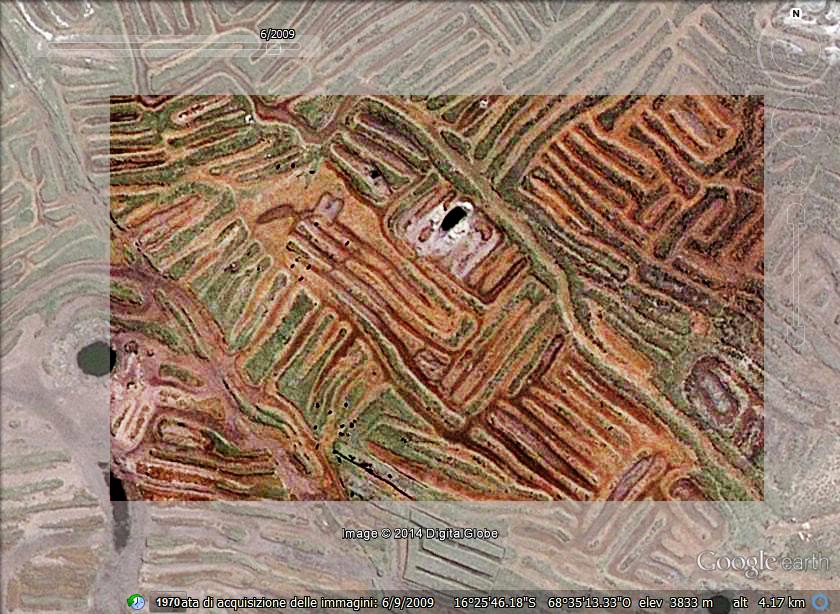A roman fort in Britannia, a specific orientation to solstices
Solstices at the Hardknott Roman FortAmelia Carolina Sparavigna
Department of Applied Science and Technology, Politecnico di Torino
Abstract
From the most ancient times, the Roman military camps were planned according to a certain ideal pattern that was also applied to the coloniae, the outposts established in the territories conquered by Rome. The planning of castra and colonies was based on a chessboard of parallel streets, the main of them being the Decumanus. Probably, some Decumani were oriented to confer a symbolic meaning to the place too. Here we discuss the distinctive layout of a castrum in the Roman Britannia, the Hardknott Fort, and its orientation to the solstices.
Keywords: Archeoastronomy, Solar Orientation, Solstices, Urban Planning, Satellite Images, Google Earth.













